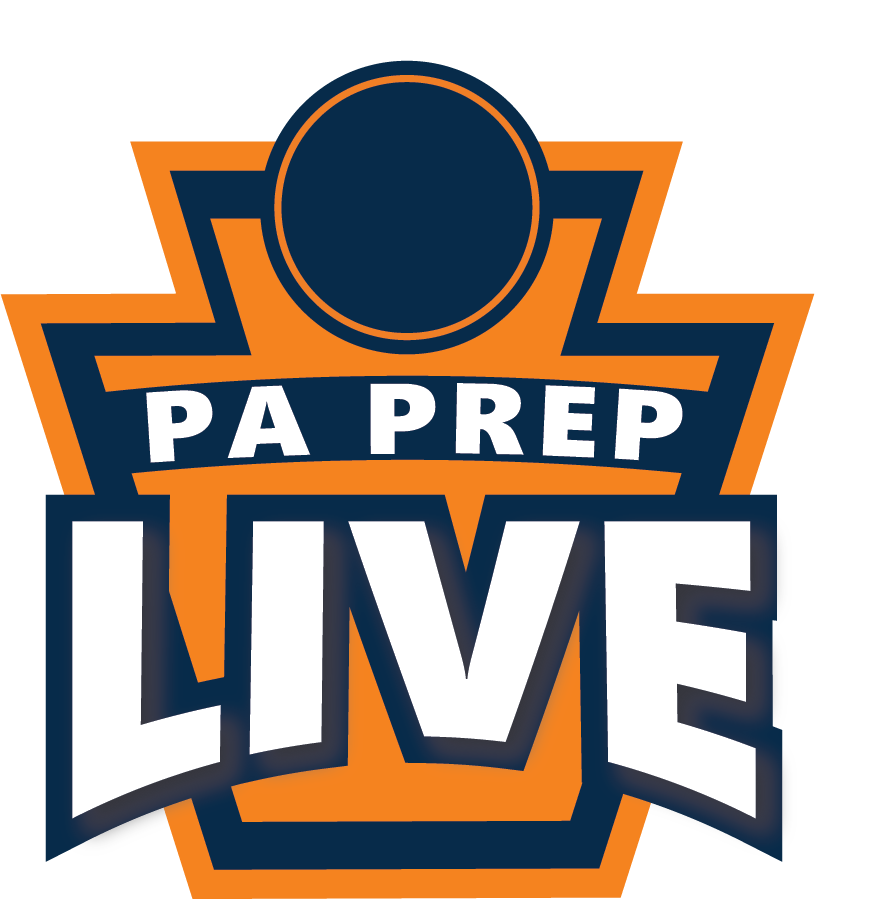
De George: In name of deterrence, PIAA postseason ban strikes right balance
STATE COLLEGE >> Dr. Robert Lombardi will from time to time talk with his hands, and in situations like Wednesday, the gesticulations proved extremely illustrative.
In the hallway at the Penn Stater, the executive director of the PIAA used the airspace around him to map what had transpired in the last weeks and months with a special competition committee impaneled to discuss how to ease the PIAA’s competitive imbalance issue.
First, that committee recommended that the PIAA ban from postseason play any athlete transferring after the natural break from high school. Then the pendulum swung — like Lombardi’s hands in the retelling — to allow underclassmen to transfer and bar only transfers after the junior year. Finally, as Lombardi takes a shuffle-step to return to the middle ground from where he fielded the question, the end result upon consultation with districts was a compromise that is the new transfer law of the land, decreed Wednesday at the PIAA’s bimonthly board meeting.
That spirit of animated debate and ultimate compromise characterized a lengthy process that all parties in attendance Wednesday hope will ameliorate some of the PIAA’s competition balance issues. It’s not yet the perfect solution, should that white whale exist. But it’s a step forward.
The PIAA amended its bylaws to introduce a postseason ban in the first season for any athlete transferring from 10th grade and beyond. The guidance allows student-athletes to play for one school in ninth grade then move without penalty, but any transfers after that would result in a loss of postseason eligibility for districts and states in any sport which the athlete participated in at their previous school.
READ: PAPrepLive’s report on competitive balance in the PIAA
The moving scale of when the cutoff date landed is evidence of the laborious process that gave rise to it. As is the inclusion of a hardship waiver, which complements existing language deterring transfers, itself the subject of a raft of negotiation and tweaking. And even without delving into competition formulas or “super classes,” the PIAA has cut off at the pass a major source of agitation within its membership.
The plan met with support from across the board’s diverse committee. Perhaps most importantly, it includes a hardship appeal process that compensates for certain uncontrollable circumstances, particularly those of an economic or court-ordered nature. That recourse is an important part of the process as the PIAA recalibrates a new normal. It’s an important counterpoint to the risk of an over-correction, and it (in theory) allows for individuals’ voices to be heard over the bureaucratic swirl.
“I think the good thing is that the committee and the subcommittee has taken into account how the decision affects student-athletes,” District 1 chairman Dr. Mike Barber said. “And I think we have to continue to keep student-athletes at the forefront of any decision making. We can look at all aspects and dominoes that fall from decisions. I think that behooves us all.”
That local latitude can be a benefit or detriment, depending on your perspective. Just as districts have discretion in determining the academic motivation of transfers, they also have power to conclude if a transfer meets the standard of hardship to avoid a postseason ban. (It’s important here to parse the tiers: Athletically motivated transfers are still verboten, but licit transfers for non-athletic reasons after 10th grade may or may not meet the hardship standard to allow postseason participation.) Some who bemoan the leniency of certain districts may lament the local control. But it’s also an important step to ensure a certain level of familiarity with circumstances that would be lost if decisions are centralized.
The PIAA has paired these moves with a new eligibility portal that offers transparency, allowing districts to see firsthand how others apply the guidance. Perhaps that standardizes the process in a more organic way than by edicts from above.
“I read it as you need to prove that it’s not, or it is,” said District 11 chairman Bob Hartman. “We have 12 districts that we hope have the same mindset and they do, but there’s still different people and there’s different hardships in District 11 than in District 12 or District 2 or 4. There’s different demographics, and that’s a challenge.”
“You don’t want to cut a kid off because he’s transferring,” said Mars Athletic Director and District 7 board member Scott Heinauer. “If he proves to be a hardship, I think it’s great for the PIAA transfer situation. … I think that will help all-in-all down the line.”
The change even met with approval from the private school lobby, represented by Sean McAleer of the Pennsylvania Catholic Conference. He has stated that his organization doesn’t condone the most flagrant attempts to get around PIAA rules, whether by public or private institutions. As this rule is aimed at reducing those infractions, his organization is in favor.
“From my perspective, it does because there is an appeal process that they can appeal,” he said. “It does strike a level balance. This is probably the best outcome you can have about creating a level playing field.”
Discontent has risen within PIAA circles, epitomized by a meeting of public schools at Penn State next week to discuss how to push for a public-private split in tournaments or potentially splinter off into another organization. Wednesday’s action by the board seeks to curtail that thinking, which Lombardi labeled as divisive. And in its aim, it seems to be on the right path toward it.
“I’m hoping that with all the rule changes that have happened in the last few months with the PIAA, with the web portal, I hope that this clears up 99 percent of the issues that are out there,” McAleer said.
That would be a compromise that everyone in the room Wednesday would get behind.
To contact Matthew De George, email mdegeorge@delcotimes.com. Follow him on Twitter @sportsdoctormd.

